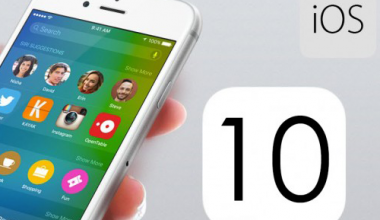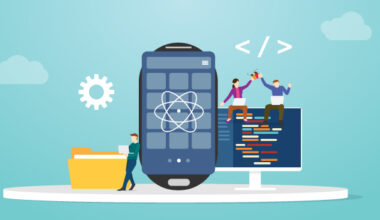PDAs or Personal Digital Assistants have proven to be very useful devices for business users to take with them when laptops are too heavy to carry around or too expensive. In fact, modern PDA devices are seen as a reliable alternative to laptops where all core tasks can be performed the same way laptops can at the cost of a smaller screen, but with better battery life.
History of PDAs
Before PDAs were outfitted with high-resolution colored displays, Apple Computer laid out the whole concept of PDAs with the MessagePad devices that are powered by the Newton OS. The new PDA category didn’t start so well for Apple as the handwriting recognition features were lackluster and Palm Computing picked up the pace as they released a variety of handhelds of their own quickly improving in features.
Main Features of PDAs
PDAs originally came with a stylus that allows interaction with the touch-screen interface rather than relying on a keyboard. There is a small pad on the bottom that uses handwriting technology to transform written characters into text inputs. A virtual keyboard is often used as an alternative where keys are displayed on the bottom and are to be pressed by tapping the stylus. PDAs are primarily for quick note taking where the stylus is freely used although later models featured a number of applications doubling as an organizer, calculator and Internet browser. Flexibility was added to these devices to allow these mobile devices to be synchronized with computers and laptops to make data more portable. With screen sizes usually larger than most of the earlier phones, PDAs still remained small and compact to carry around with ease and have better battery life than laptops.
Smartphones and PDAs
While PDAs were getting popular in business markets, mobile phone makers like Nokia were busy with their own approach to the PDA market with the Nokia 9000 Communicator. Introduced in 1996, the palm devices had some competition with these phones as the Nokia models had the phone calling advantages as well as organizer advantages even though there was no stylus or large portrait display. These models eventually evolved to smartphones while PDAs were benefiting from Microsoft’s contributions to the PDA industry with their Windows Mobile operating system.
However, smartphones became more popular as more advanced devices like the BlackBerry smartphones were introduced. With many applications included, smartphones were basically recognized as PDA devices as they can browse the web as well while others have a stylus too. The launch of the iPhone and many of the later smartphone models that use multi-touch further fused phones and PDAs into a single category.
The Fate of PDAs
Smartphones did not totally consume the PDA category as there are a number of portable devices that have large screens, but do not have phone features. These devices are now known as portable media devices like the iPod. In addition to the ability to store and playback thousands of songs, basic PDA functionalities are included and later models like the iPod Touch are even more flexible allowing 3rd party applications to be installed. This lead to serious competition coming from Microsoft with the Zune and other top contributors in the portable digital media category. Smartphones and portable media devices continue to evolve more in features which are now the PDAs of the future.



